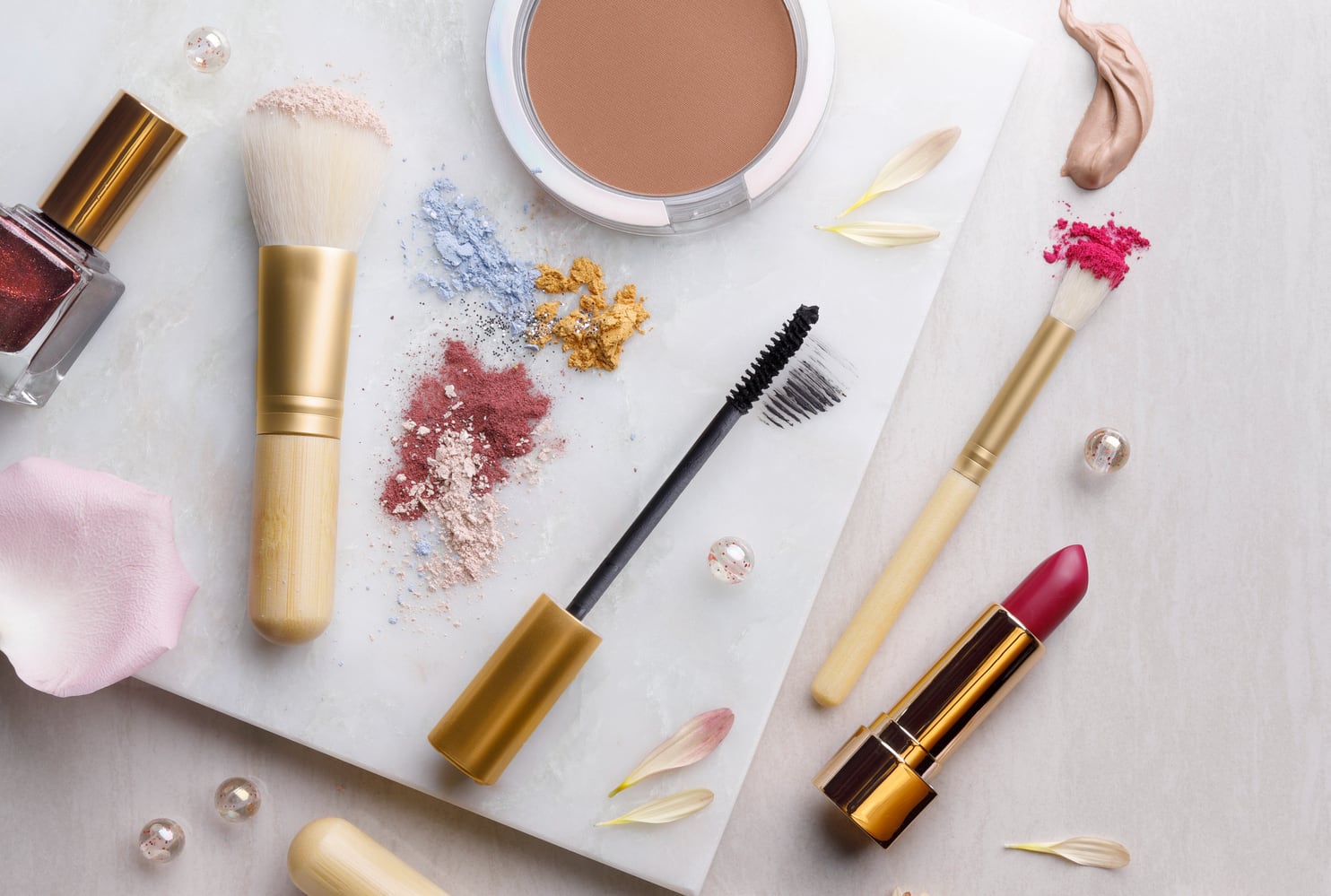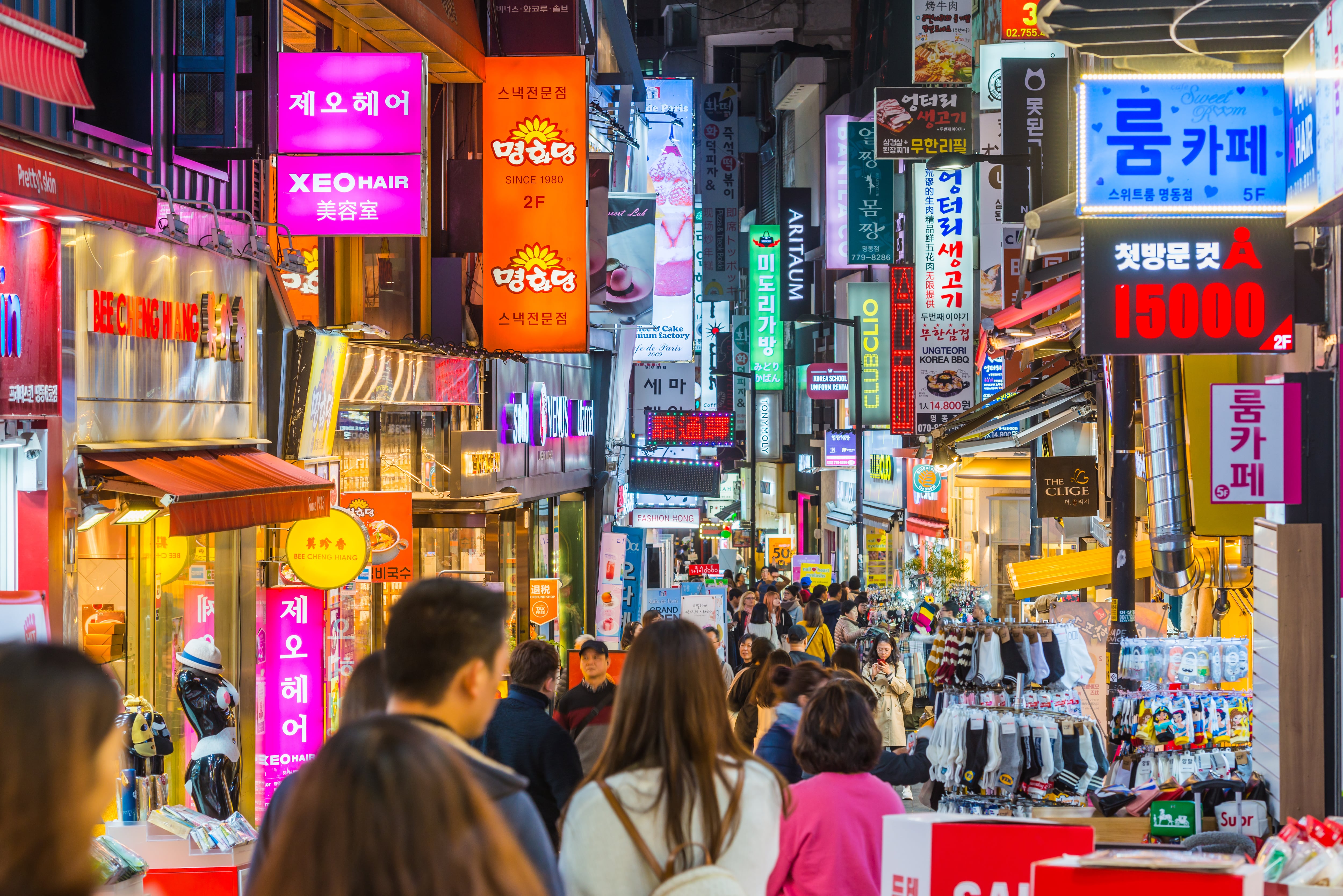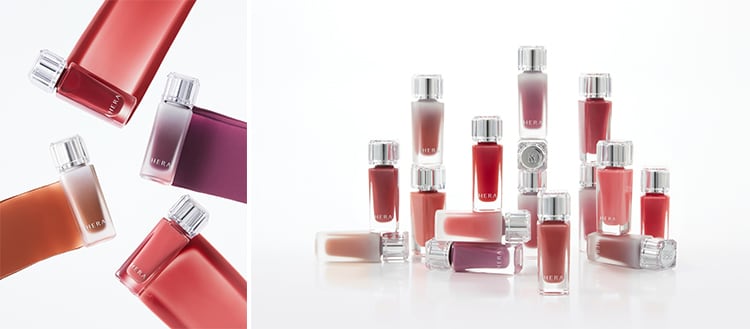According to Ulysse Lardy, R&D manager of Chinese cosmetics company Carslan Laboratory in Italy, sensory aspects of a product are continuing to shape innovation in Asia, especially as consumers increasingly prioritise wellness and self-care.
“Asian consumers are looking for an all-sensorial experience, such as a playful tactile texture. Cosmetics don’t just need to be functional, but they are also perceived as a game.
“In particular, Korean cosmetics firms have been offering products targeting this. For example, Touch In Sol’s Sherbet Primer has a texture that feels like it melts on the skin, and Etude’s Baking Powder Pore Cleansing Foam stimulates the ear with the bubbling sound it creates when lathering on the face,” he told CosmeticsDesign-Asia.
Beyond skin care, the trend extends to makeup. For instance, Giorgio Armani’s Designer Essence-In-Balm Mesh Cushion provides the touch of an anhydrous balm and the sensation of a tinted moisturiser.
“Our sense of sight is stimulated by colour, which is certainly the main driver for a cosmetic purchase decision, be it in packaging or formula.
“Korean brand fwee’s Lip & Cheek Blurry Pudding Pot has a very attractive packaging because it reminds one of sweet comfort food, while hince offers different-from-usual makeup colours, such as ochre shades, mauve, mud and deep purples, that look nice on both cheeks and lips.”
In addition, Lardy said that the first thing that many consumers do when trying a new cosmetic product is to evaluate how it smells by applying it on the back of the hand.
The importance of fragrance has led brands to reinvent and expand their portfolio.
“Brands like DOCUMENTS is redefining fine fragrances in China, and Amorepacific is launching its own perfume under the HERA brand in Korea.
“In Japan, niche brand Shiro is releasing skin care and hair care lines dedicated to different scents [such as freesia, yuzu, white lily, geranium]. Also, curves that evoke a sense of harmony and security are used on its packaging design, and each scent is matched with soft colours, ranging from ivory to earth brown, to epitomise well-being.”
Furthermore, Lardy believes there is myriad potential in multisensoriality innovation in the cosmetics space.
He cited the example of Cha Ling, a Chinese luxury beauty brand launched by LVMH that is built around the properties of traditional Chinese medicine and pu’erh tea.
“These tea-inspired brands have formulas that are reminiscent of the colors of Chinese teas. In fact, Cha Ling has a cleansing powder that looks like green tea powder. Tea is known to have many skin and hair benefits, and tea consumption is often associated with relaxation.
“There are even ‘edible’ hand creams [made from food-grade ingredients] in Japan. Of course, it’d be tricky in terms of regulations, but it shows that multisensoriality presents a field of possibilities for future texture designs and innovation in cosmetics.”
Spaces for innovation
Companies seeking to attract Asian consumers are urged to focus on local traditions and cultures in different countries.
“A body care product with a texture similar to that of royal silk or cashmere may appeal to high-end consumers in China, as it gives off the image of power, and reminds them of the comfort of the bed. Additionally, whipped cream-like mousse textures are appearing on the market mainly for skin care but could be utilised in makeup.
“Brands can also play on the food sensory part and get inspiration from colourful Asian desserts, such as Taiwan shaved ice dessert or bubble milk tea, which could appeal more to Gen Z consumers.”
As the populations in Japan, China, South Korea, and South East Asian countries are said to face high levels of stress and blue light exposure, comforting scents that bring to mind memories of childhood and destressing moments and activities could be key for companies wanting to invest in fragrance.
“For instance, [companies can consider] red pine used to build traditional Korean houses known as ‘hanok’ or tangerines from Jeju Island, a vacation hotspot for many locals. Branding a cabin fragrance could also exude a holiday mood.
“For Japanese consumers, packaging with materials used for meditation gongs or scents that replicate incense aroma in a Shinto shrine may also work.”
In terms of colour, natural pigments and colourants derived from endemic herbs should be further explored, especially to add colour to skin care products.
“We are starting to see a bit of this from Sensient and Givaudan. Companies should also allow some fantasy for the appearance of skin care products, such as making black, purple, orange or blue face creams and lotions.
“Developing pigments that change with temperature, humidity and luminosity would be a great asset to enable a good makeup look whatever the climate is — be it a hot and humid day in Singapore or a cold, snowy day in Beijing.”
Persistent and emerging trends
Besides the wellness trend, skinification and hybridisation are here to stay, said Lardy.
“The use of all-in-one products, such as foundation and concealer infused with skin care ingredients, is particularly popular in Japan. ‘Tribridisation’ (serum, foundation and concealer) may even emerge in the future.
“At the same time, Asian consumers are getting more ‘skintelligent’ and want to know everything about the composition of products. There will be an increasing need for companies to show not only that the product is safe for the consumer, but also that the production processes of each raw material is environmentally friendly too. This trend impacts Europe and the US more at the moment, but I think it’d hit Asia soon.”
An example of rising consumer awareness is the popularity of South Korean beauty app Hwahae, which provides information on ingredients, reviews, and product rankings to help users with their purchase decisions.
Skin minimalism, a trend that emphasises a skin care and makeup routine with fewer but higher-quality products, is also expected to further expand its influence in Asian countries.
“This is linked to the hybridisation and well-being trends. Instead of 10-step routines, people want to use a maximum of four to five products a day that come with instant efficacy.
“So, there will be a greater need for raw material suppliers and formulators to develop products that deliver instant results, such as eye-depuffing, anti-sagging, and redness-reduction. The room for innovation is large!” Lardy reiterated.





